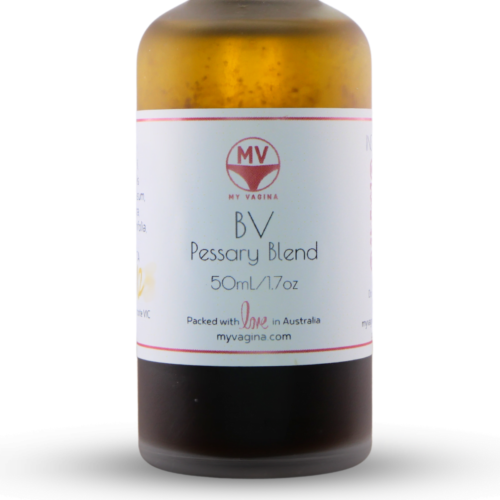Repair of a vaginal prolapse, namely a cystocele, rectocele or enterocele, is multifactorial, but often includes surgical interventions.
There are a group of procedures, performed under anaesthetic, either general (fully unconscious) or a spinal anaesthetic (an epidural) whereby only the waist down is numb.
The treatment may be called a vaginal vault suspension, and there are several ways that the surgery is done, for best results. This could be either via the vagina or via the abdomen.
Prolapse repair surgery
First, a cut will be made through your vagina, and the bladder will be moved back to its usual home. It can be held in by sewing the connective tissue (an anterior repair) or re-attaching the bladder to the pelvic walls (a paravaginal repair).
Rectoceles are repaired by identifying the tears, then sewing the pieces back together between the rectum and vagina. Mesh may be added for extra support, which is called sacrocolpopexy surgery. This surgery does not solve stress urinary incontinence.
Supportive pelvic exercises
You will likely be instructed to strengthen the pelvic floor muscles by doing Kegels exercises.
Medications that may be supportive in prolapse
Oestrogen cream may be prescribed to help strengthen tissue – vaginal and vulvar tissue is really responsive to oestrogen, so if you are postmenopausal for any reason, this could really help. Tissue becomes weak without oestrogen.
Supportive prolapse devices – the pessary
A special pessary device may be used vaginally to help hold up your organs.
Supportive therapies for prolapse
Radiofrequency or laser devices may be used to stimulate your connective tissue and collagen, to improve cellular function and increases the strength of the pelvic area. This can be used for stress urinary incontinence.
Risks of prolapse surgery
There are risks with any surgery, including infection, bleeding, and failure of the surgery to actually correct the problem. It could also make things worse.
Damage could occur to the urethra, bladder, or vagina, and sometimes irritable bladder is a result of surgeries. The vagina may be altered, and urine leakage can become an issue.
Fistulas (tunnels in tissue) may develop. Post surgery care You will have a catheter for a few days to drain urine safely out of your body as it starts to heal.
Your doctor will instruct you on aftercare, so follow their instructions carefully. This will likely include not lifting anything heavier than a bottle of milk, and avoiding constipation – a laxative may be prescribed. Sex should be completely avoided for at least six weeks.
Outcomes of prolapse surgery
Often, this will solve the prolapse, but in severe cases, it might not. The problem may also return after a few years. Treatment is not forever, though for some of you it will be.
Specially formulated probiotic for vaginal application to promote a healthy vaginal microbiome.
Unique, comprehensive BV, AV and 'mystery bad vag' treatment guide, one-of-a-kind system, with effective, innovative treatments.





